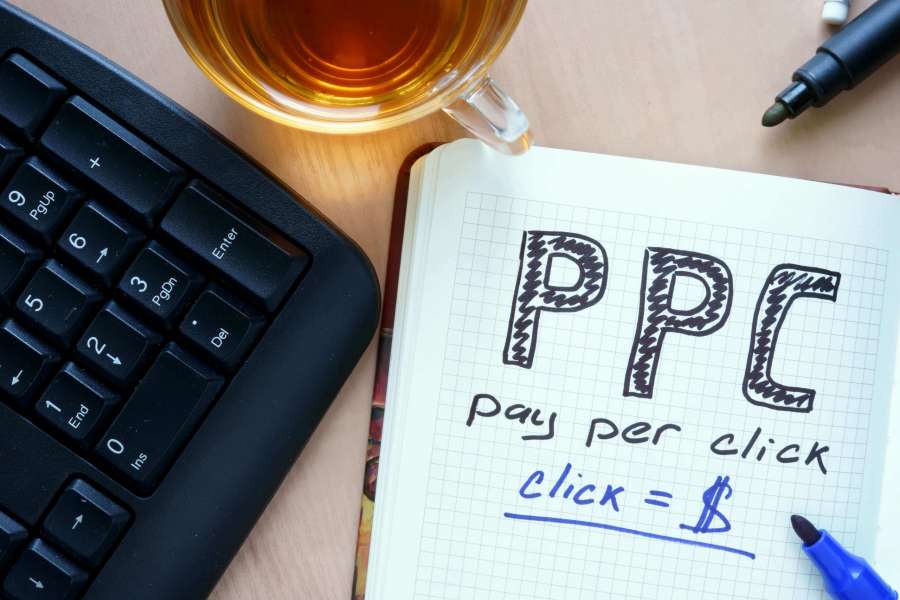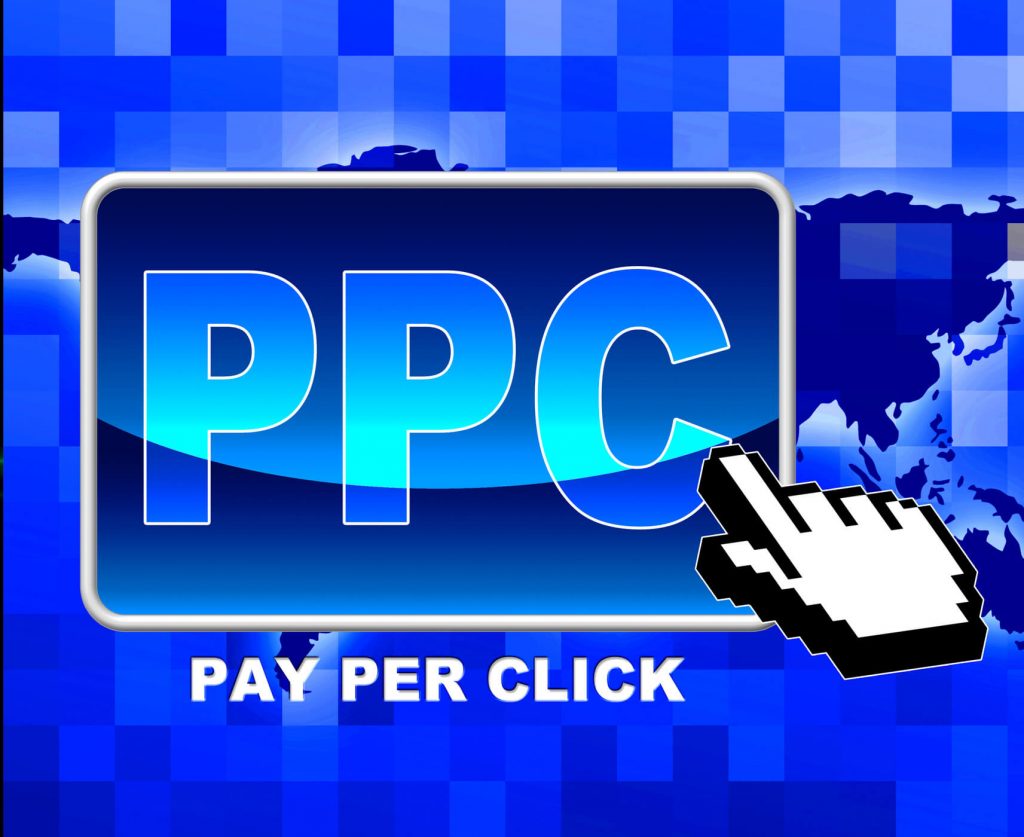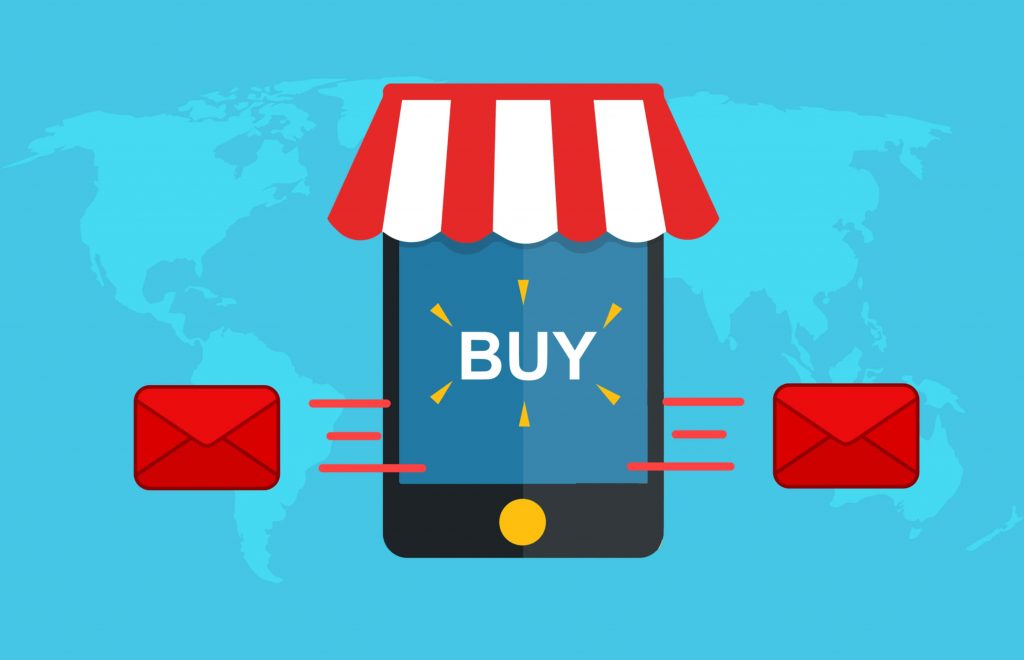Best Guide to B2B PPC Advertising
Did you know that more than 70% of buyers in the business-to-business space use search engines when researching their next purchase?
A pay-per-click campaign is a quick and relatively easy way to not only reach this wealth of potential buyers, but also convert them into qualified leads.
In this guide, we will cover the basic steps in creating and launching a B2B PPC paid advertising campaign.
Let’s jump in!
Find & Use High-Value Keywords for Your B2B PPC Campaign
The core of PPC for B2B lies in effective keyword research. Without strong keyword research, you can’t build a strong PPC optimization strategy for your company. It’s critical to invest some time in researching high-value keywords in your industry.
There are a few ways to approach your research:
- Keyword research tools.
- Look into what keywords your competition are targeting.
- Create a list of keywords in-house.
- Use Google Ads’s Keyword Planner.
As you begin to create your B2B keyword list, bear in mind that there are four different keyword types:
- Generic keywords are anything related to your product or service.
- Branded keywords are related to your company name.
- Competitor keywords mimic branded keywords but include your competitors’ names.
- Related keywords are related to any of the previous three.
Avoid Common PPC Keyword Mistakes
Using the Wrong Keywords
One of the mistakes B2B businesses often make when setting up their PPC campaign is targeting the wrong keywords or using the wrong keyword match type. When you begin, the most obvious strategy is to go for the shortest or most broad keywords to target your product or service.
For example, if your business provides graphic design services, the first thing that will likely come to your mind is: “I want to appear in Google when someone types ‘logos!'”
But that may not be the best idea.
Because you must pay for each click you receive, you’ll want to target people that are as far down the sales funnel as possible. That means, if this person is just shopping around for someone to design their logo, they’ve likely already done a lot of research and know what they’re looking for. A more appropriate keyword to target might be something like, “logo and graphic design for professionals.”
Keep Your Negative Keyword List Up to Date
Another common mistake is when businesses target keywords but fail to review the actual search terms that the ads are showing up.
On an ongoing basis, you should be checking to see if you have any campaigns that are not running on an exact match strategy and if there are variations of keywords that you should exclude from your future campaigns. This is done by adding them to the negative keyword list.
Often, you’ll find campaigns with some sort of inefficiency in the form of a keyword don’t perform as expected. It’s best to avoid continuing to spend money on these terms. By adding them to your negative keyword list, you’re telling Google that you no longer wish to rank for them.
Continuously review the search terms that come through the campaign and keep your negative keyword list as up-to-date as possible.
Use B2B PPC Best Practices to Structure Your Campaign
Following B2B PPC best practices is essential when structuring your PPC ad campaign. Google Ads uses an account hierarchy, and if you don’t match it can cause your ads to underperform, damaging the ROI of your strategy.
The account hierarchy is:
- Account
- Ad campaigns
- Ad groups
- Keywords
It is of critical importance that your team create ad campaigns with relevant, organized groups. Each campaign can then feature ad groups that are able to target each of the keyword types.
When it comes time to create your PPC campaign and ad groups, there are a few values and assets you must supply, including:
- Budget: How much your business is willing to spend each day on your ads.
- Audience: Who you want to target with your ads.
- Landing Pages: Where you want to direct users that click on your PPC ads.
- Bid: How much you’re willing to pay for someone to click on your ad.
If you’re just getting started with Google Ads, it’s a good idea to start with a campaign for the Search Network. However, once you become more familiar with PPC for B2B, you’ll be able to experiment more with the different types of campaigns that are available.
“Remarketing campaigns” are just one such example, and let you advertise directly to people who have already interacted with your website.
How Much Does PPC Cost?
Nailing down the exact cost of PPC is difficult because it will change depending on the keywords you target, the geographic location you’re in, and more than any other factor, how other people are bidding on the terms you want.
Generally, to get the most value out of your campaigns, a solid pay-per-click budget should be around $1000 per month. Assuming you’re seeing a strong return on that investment, you should be able to increase that budget on a regular basis.
Craft Great Ad Copy with Strong Visuals
One of the key elements of PPC advertising is compelling ad copy. Since these advertisements are relatively small, great copy is necessary to grab people’s attention. Overlooked ads can result in higher ad costs, fewer impressions, and withdrawn support from the decision-makers at your business.
PPC ads usually need only two things: a headline and a description. Of course, if you’re creating a display ad, you’ll need to collaborate with a graphic designer to create a strong image to go with your copy.
Write Attention-Grabbing Ad Copy with These Tips:
- Focus on the benefits of your product or service, not the features.
- Highlight promotions.
- Include a strong call to action to tell your audience what to do next.
- Personalize the copy to a particular target audience’s needs, wants, and pain points.
- Add credibility with testimonials to build trust.
Keep in mind, that your ad copy will need to meet the character limits imposed by Google.
Design Landing Pages for Your Campaign
Designing your landing pages goes hand-in-hand with developing your ad copy. A landing page is where your users go when they click on your PPC ad. In order for your B2B PPC campaign to succeed, you’ll need relevant landing pages that build off the copy in your ads.
But relevancy isn’t the only metric for an effective landing page. It must also be:
- Fast.
- Intuitive.
- On-brand.
- Responsive.
You can, of course, use an existing page as a landing page, but this is generally frowned upon. A landing page specifically designed to go together with your PPC ads can have an incredible effect on your leads and conversion rates.
Make sure to test your landing pages before you launch your campaign.
Launch Your B2B PPC Campaign & Measure Your Results
Now that your B2B PPC strategy is ready, you’re free to launch the campaign!
But your work doesn’t end there. Once you’ve launched, it’s time to monitor performance, so you can make changes and constantly improve.
You may want to experiment with different ad copy. Or compare the performance of two different landing pages. You might even play with segmenting your target audience.
That said, before you decide to make any changes make sure you have enough data to support the decision. This may be one of the most critical B2B PPC best practices, especially with remarketing campaigns that feature small, specific audiences.
For the best path to success, check in on your campaign at least every week. In fact, one of the advantages of paid search is that you can see exactly how much you’re spending in each campaign, in each ad, and every keyword.
That means the person in charge of monitoring the campaigns can answer the question: “We spent X dollars – did we achieve a strong return on that investment?” They can then make appropriate changes to the keyword targeting, bid types, or anything else that can be adjusted within the platform to maximize results.
Are you looking for a partner to help your B2B company reach its goals in the PPC world? Book your free call with Asset Digital Communications today and start seeing success!





